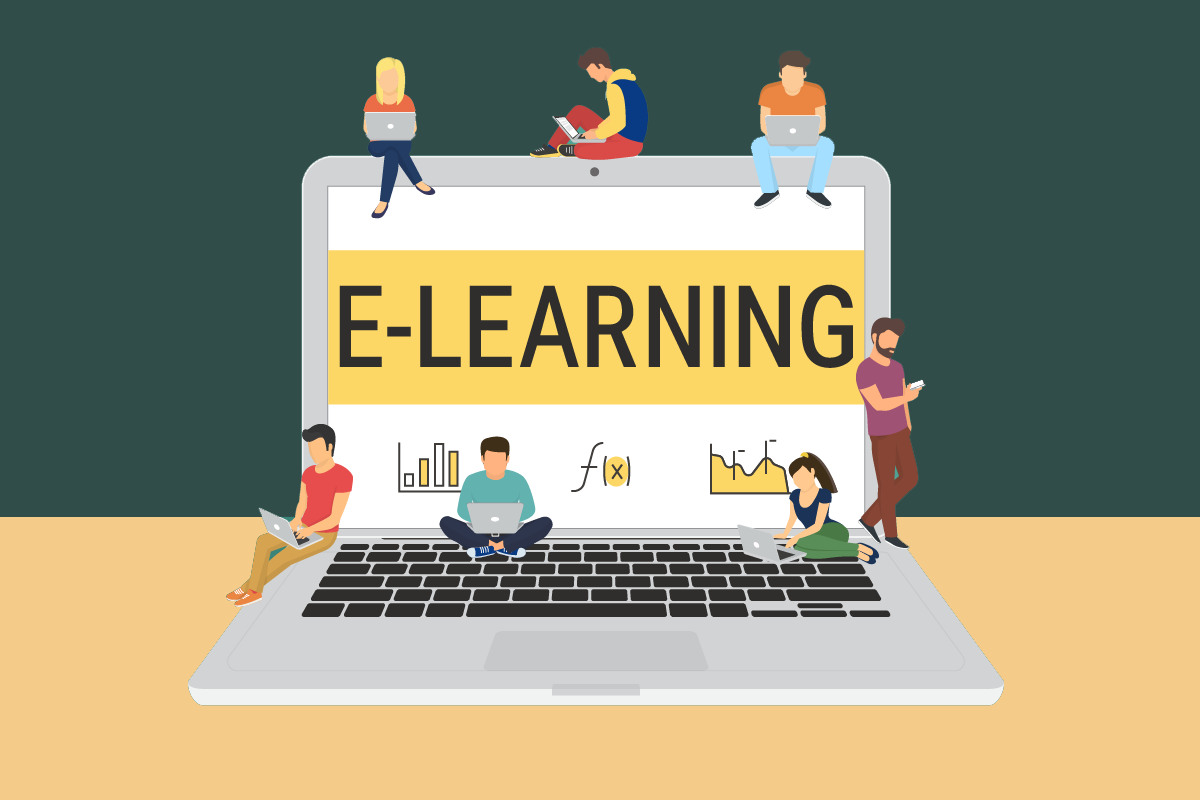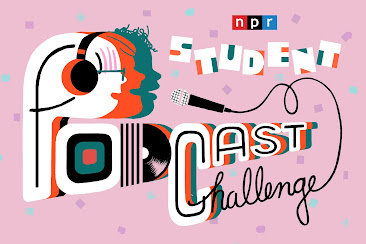E-Learning & Design Unit Plan Blog Post
Hello class and welcome back!!
This weeks class was intriguing. I enjoyed learning how to use technology in writing and my favorite part was learning how to code. What was yours?

The goal of our Design Unit Plan is to design a process mediated by digital technologies and to include an example of product of learning that students would create in the unit of instruction. Our unit plan is very similar to Project Based Learning. The tips proposed by Pappas (2015) were quite an interesting read. Project Based Learning is something we should all incorporate into our future classroom. This type of learning gives students the opportunity to develop skills through real world problems. Learners are able to conduct research, collaborate in group discussions, and share feedback. Several tips were given in the reading that relates well to our design unit plan. The first thing that stood out to me was real-problem simulation. Real world problems often tend to stick to our minds better than a lecture. (at least this is true for me) This type of simulation will allow students to learn more about themselves as well as develop an interest for different things they enjoy. This can connect to our design process unit plan because we can introduce a real world problem to our students and in return they will be engaged to learn more about it. Student engagement is what makes our classroom such a fun environment. If the students aren't engaged, they aren't participating which means they aren't learning the material. I also liked the idea of students having the ability to make decisions about their projects. Student choice is also a big part of engagement. When I was in elementary school, if I did not get the flexibility of choosing what interest me; I didn't learn well. Lastly, I think it is important that teachers do a test-run beforehand. This is important because, as teachers, we do not want to create an eLearning project that is too challenging or tedious for our students. We must make sure that everything runs and works properly during the course of instruction.
!Great Read!

Hey, my favorite was the coding part also. I was the one who raised my hand to ask what the coding really is, but now I think I totally understood what that is. And the coding program we needed to do to get the certificate was so fun! Also, I agree with you that students' engagement is the important factor that makes our classroom fun! The materials should be authentic, exciting, and somewhat challenging to get students' attention easily.
ReplyDeleteI could totally see some of you incorporating coding as the 'design' part of your Design Process Unit Plans. I had a few students incorporate the coding from the Ozobots we have in our department. One student used a site that was similar to Code.org (maybe Scratch or something like that?).
DeleteHello Candice! Fantastic points. I especially liked the point you made about students having choices within their learning. I believe that when students are able to make choices in their learning it leads them to take responsibility and grow in independence. I would have benefited greatly from having more choice in my learning as an elementary school student. Thank you for sharing your ideas!
ReplyDeleteGood points. Mentioning students making learning will be important. I believe that making some good learning choices can lead to their responsibility.
ReplyDeleteHi Candice! I enjoyed reading your thoughts on the PBL and DPP! I agree with your thoughts on the real world problems. I think it is important that we show students that the information they learn can and will be used in the real world around them.
ReplyDelete